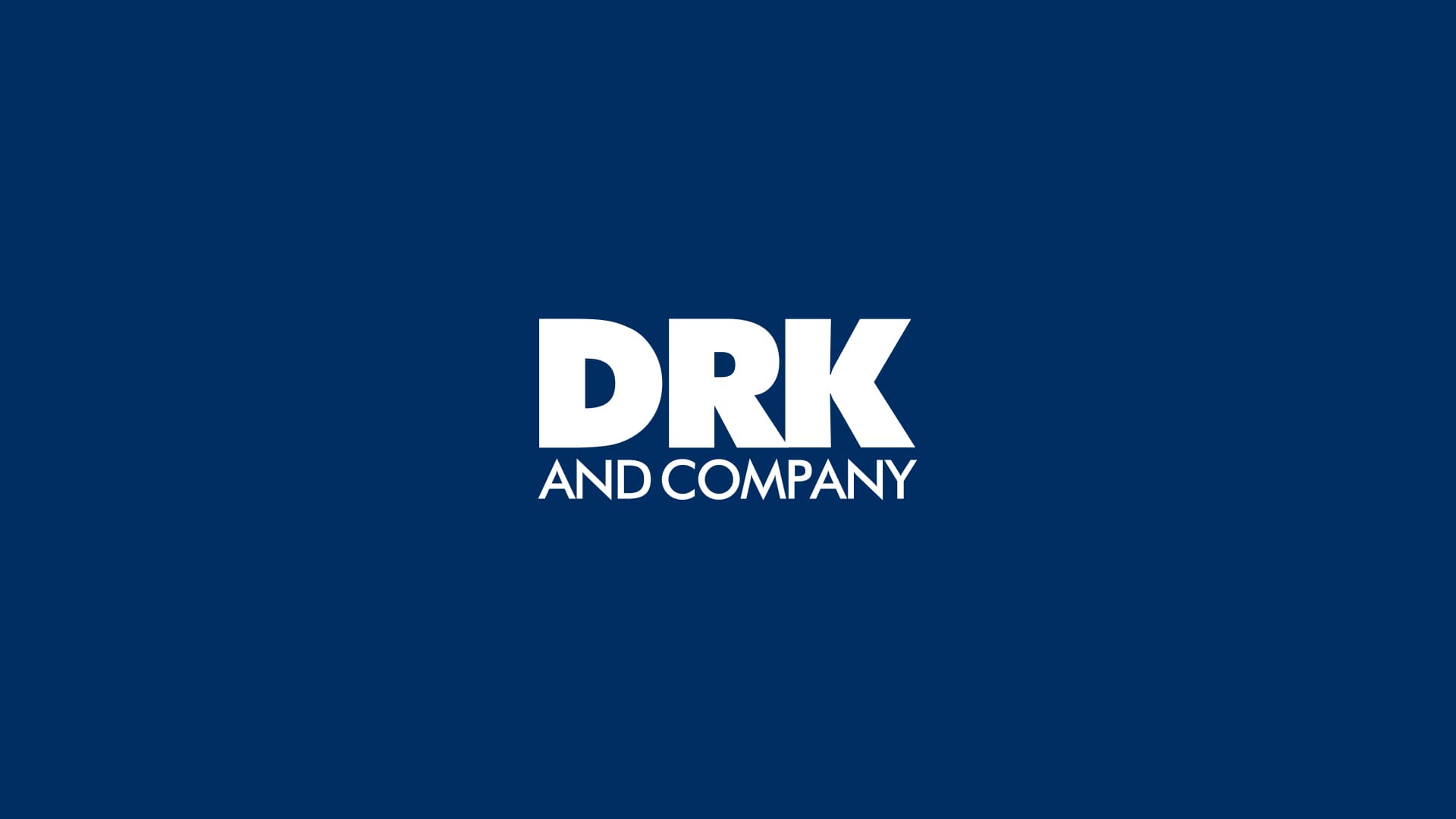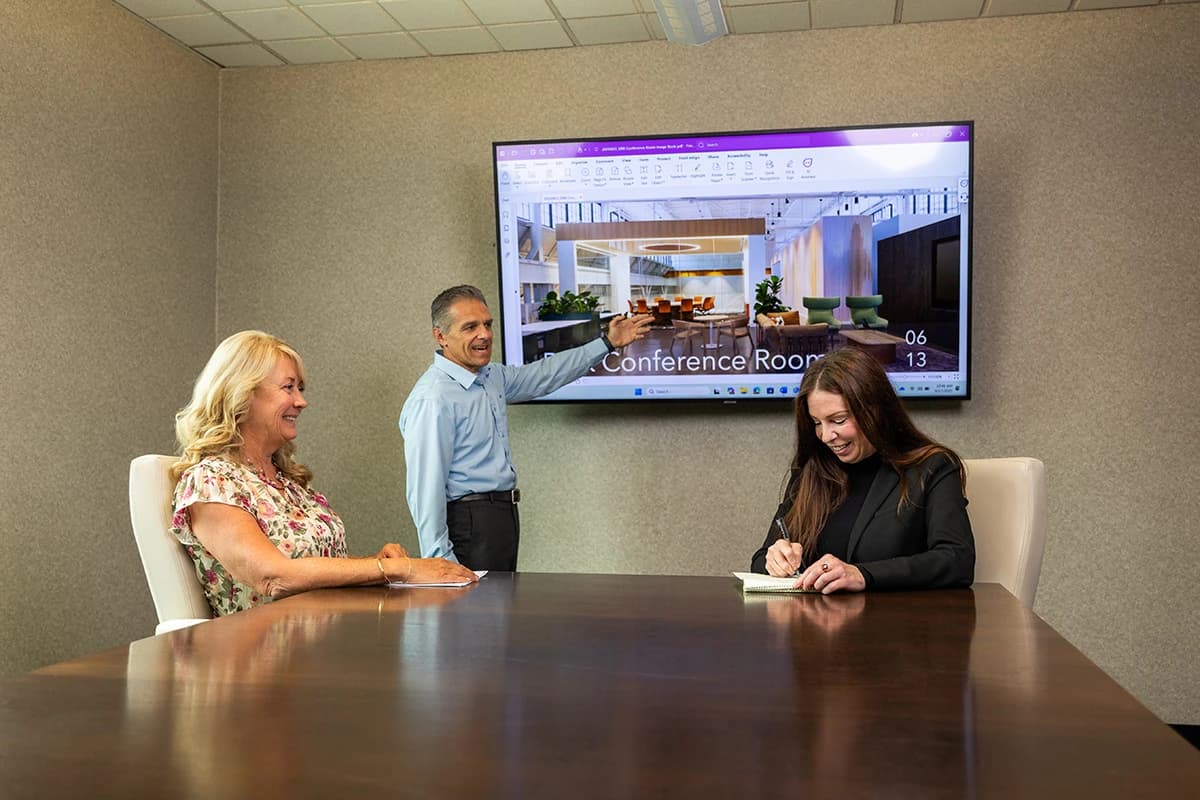
What Will Be Trending in Commercial Real Estate in 2019?
Written on December 20th, 2018 | Updated on July 11th, 2025
During the first half of the year, CRE transactions were up 13% year over year, all the way up to $341 billion. Whoa. In America, that volume went up by 11%, all the way up to $122 billion. The U.S. remains the most popular CRE market in the world, with Hong Kong and China behind it.
This upward trend is expected to continue to start off 2019, although some experts believe the CRE market is nearing its top and expect the growth to slow considerably.
Here are a few things we’re keeping an eye on as we prepare to sing “Auld Lang Syne” in Times Square with millions of strangers:
Agile Companies Attract Capital
With competition heating up, the best CRE companies may very well be those that adapt to the technological times and set their sights on creating the best tenant experiences possible – while diversifying their investor base to help capital investment dollars trend upward.
Owners and developers utilizing augmented reality and virtual reality to help potential clients envision the space with 360-degree experiences may expand their reach to a more diverse selection of tenants. Versatile properties can accommodate more diverse experiences, which can yield higher rents as well and occupancy rates. As an example, some retail owners are offering vacant space in malls to co-sharing workspaces or retail incubators.
Could Office Construction Slow Down?
OK, so this one could go either way. Long an important part of the overall CRE market, office space construction has been on the rise.
Office space construction has actually been more than robust in 2018, with nearly 60% of new space being leased as quickly as the building was available. You may want to brace for a slowdown, however, as the cost of construction continues to rise, while previously stated concerns about the CRE cycle and zoning problems may also thwart growth. Consider this: Estimates for new office space in 2019 are just short of 55 million square feet, which is an 18% decrease from 2018’s total of 68.4 million.
E-Commerce Popularity Could Spark CRE Possibilities
This goes back to the benefits of diversifying your spaces. As the U.S. Department of Commerce puts online sales at 30% of the overall retail picture, things are trending downward for physical retail outlets.
Still, the world of physical retail isn’t going anywhere anytime soon, a notion exemplified by e-commerce giant Amazon’s recent purchase of Whole Foods for nearly $14 billion. It remains true that the majority of Americans still prefer to buy groceries and a number of other goods in person rather than from their phone or keyboard.
Indeed, the biggest takeaway from the rise of e-commerce may very well be that there will be an increased need for warehouses and storage facilities to house all of the goods being purchased electronically. Buildings remain very much in the retail picture.
Multifamily Units Still King of the Mountain
Sales volume of multifamily units were up 8% YOY (to $70 billion) during the first half of 2018. Industrial transactions were second, with sales nearing $40 billion, up 26% YOY.
A decade ago, office units were at the top, but apartments have maintained their top-dog status for a number of years now. As we discussed above in e-commerce, warehouse space is showing the most significant gains, however.
Buckle up, CRE companies and investors. We’re in for an exciting ride over the next 365 days.
For more information on how DRK and Company can assist you with property management or other commercial real estate services, call 614-540-2404 or contact us online.


